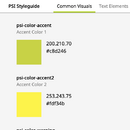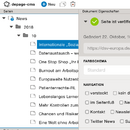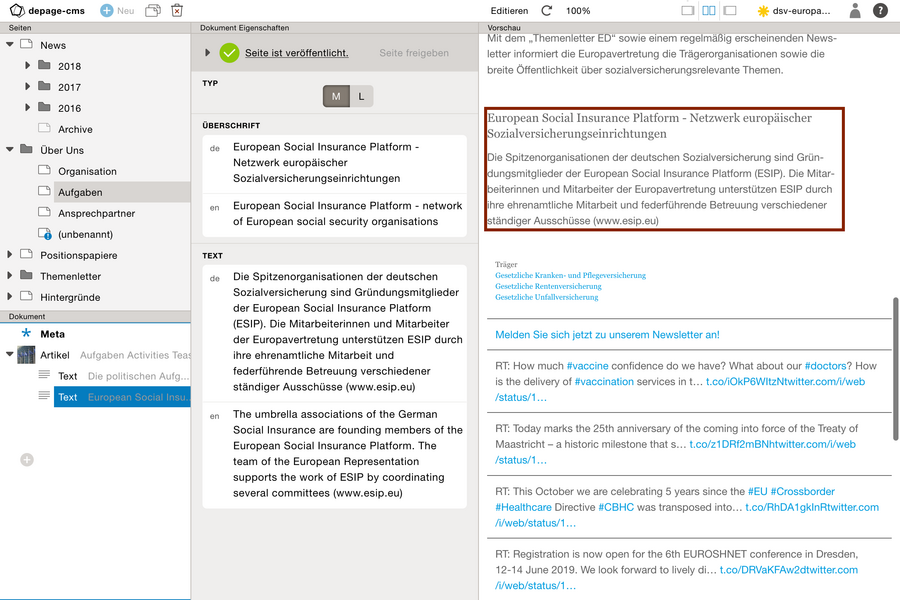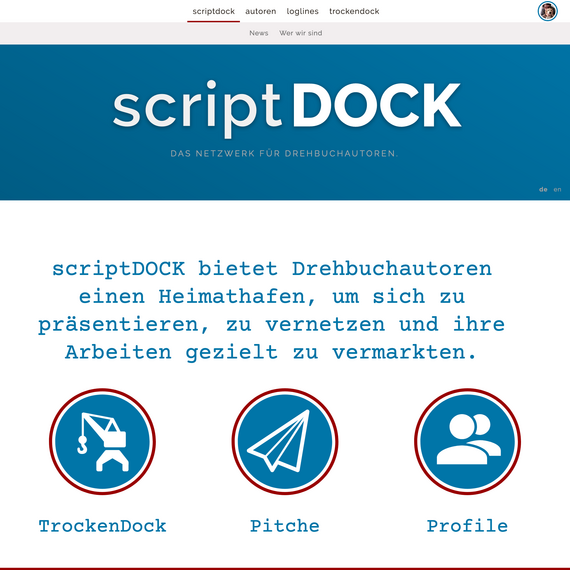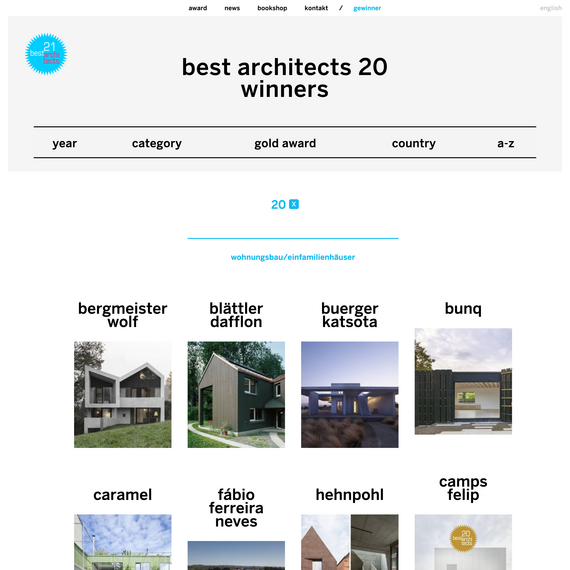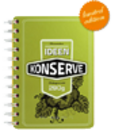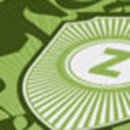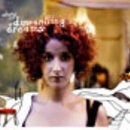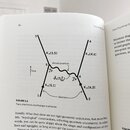
Slowly diving into Physics and Mathematics
, by Frank HellenkampI was always interested in science and especially in physics for almost as long as I can remember. And I always used to read articles and a lot of books about it.
But I always strayed away from going into the mathematics of it. But that has changed since last autumn.
I started reading a lot of physics books, that not just describe things in terms of text descriptions but also in mathematical formulas.
And I am slowly getting a teeny-tiny glimpse of the depth, the mathematical reasoning and the connection(s) between mathematics and our physical reality.
It is only a very first small step – but I get a deep satisfaction from learning and thinking about it.
The interesting thing for me is, that the impulse for me to do it, is the same one, that motivates me to design or to write code:
Aesthetics — The deep feeling of a connection to beauty and (by all complexity) to simplicity.
